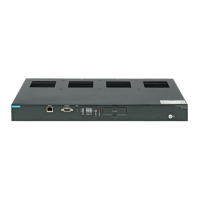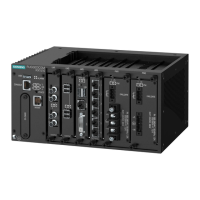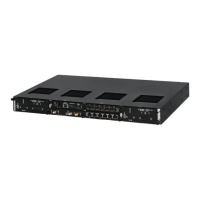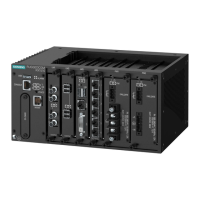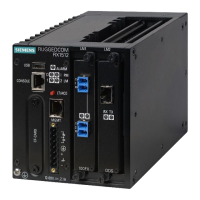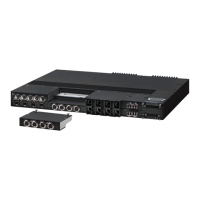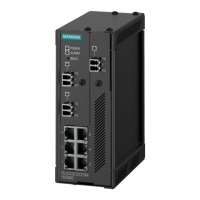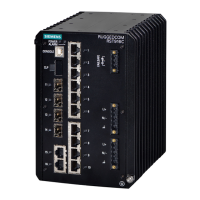Chapter 5
Setup and Configuration
RUGGEDCOM ROX II
User Guide
420 Managing LSP Generation
Parameter Description
IPv4 Area Tag Name of Area Tag to be used for IS-IS over IPv4.
Circuit Routing Type Synopsis: level-1-only, level-2-only, level-1-2
The IS-IS Circuit Type. Level-1 routers have neighbors only on the same area. Level-2
(backbone) can have neighbors on different areas. Level-1-2 can have neighbors on any
areas. Default is level-1-2.
Point-to-Point Default: false
Enable or disable point-to-point network communication
passive Default: true
Whether an interface is active or passive. Passive interfaces do not send packets to
other routers and are not part of an IS-IS area.
Password The value to be used as a transmit password in IIH PDUs transmitted by this
Intermediate System.
Authorization Synopsis: clear, md5
Default: clear
The authorization type ot be associated with the transmit password in IIH PDUs
transmitted by this Intermediate System.
Metric Default: 10
Metric assigned to the link, used to calculate the cost of the route. Value ranges from 1
to 16777214. Default is 10.
CSNP Interval Default: 10
CSNP interval in seconds, ranging from 1 to 600. Default is 10.
Hello Interval Default: 3
Hello interval in seconds, ranging from 1 to 600. Default is 3.
Hello Multiplier Default: 10
Multiplier for Hello holding time. Value ranges from 2 to 100. Default is 10.
PSNP Interface Default: 2
PSNP interval in seconds, ranging from 1 to 120. Default is 2.
4. Click Commit to save the changes or click Revert All to abort. A confirmation dialog box appears. Click OK
to proceed.
5. Click Exit Transaction or continue making changes.
Section 5.18.6
Managing LSP Generation
IS-IS generates new Link-State Packets (LSPs) every 30 seconds by default. However, the interval can be
configured anywhere between 1 and 120 seconds.
Since the introduction of a new LSP causes other routers in the area to recalculate routes, it is recommended to
increase the interval to decrease flooding during periods of network instability, so as to reduce the load on other
routers in the area.
The following sections describe how to configure and manage generation intervals for LSPs:
• Section 5.18.6.1, “Viewing a List of LSP Generation Intervals”
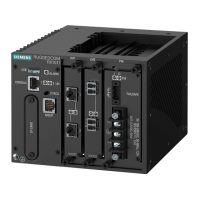
